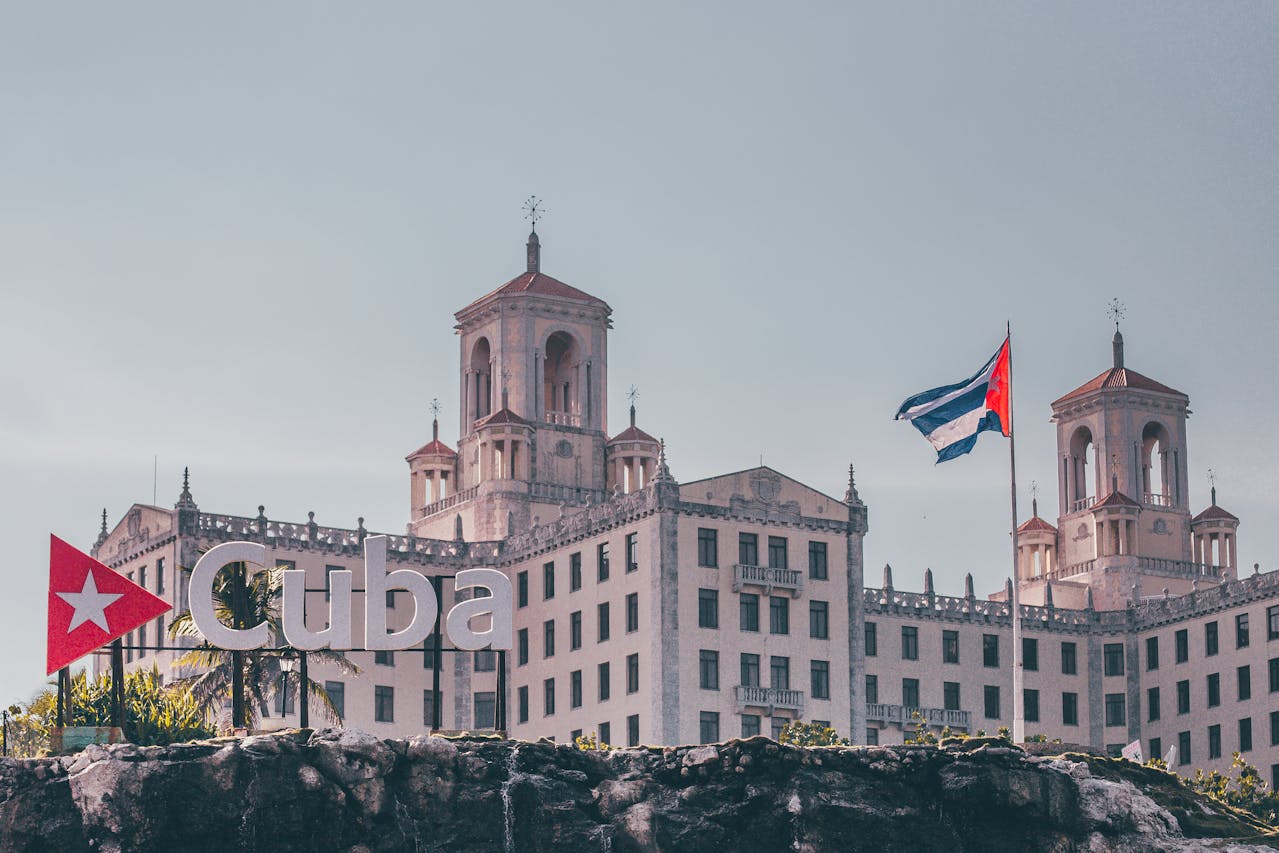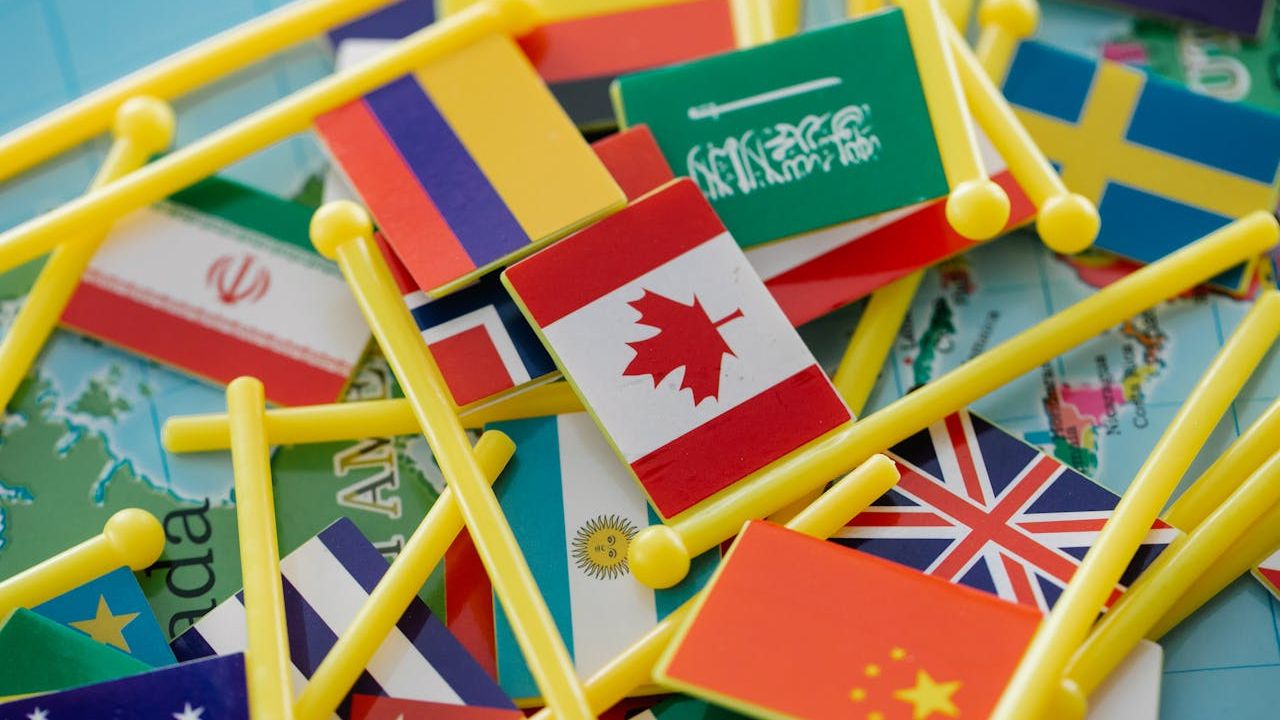On June 4, 2025, the White House announced a new travel proclamation that restructured U.S. entry rules for millions of people. The policy took legal effect on June 9, 2025, after a short lead time that left consulates, schools, employers, and families scrambling to interpret who could still travel. Framed as a national security measure, the proclamation revived and expanded elements of earlier restrictions that the Supreme Court had allowed during a prior term, but with a broader set of countries and a clearer split between total suspensions and partial limits.
The scope is large. Independent tallies estimate the 19 affected countries represent roughly 430 million people, close to five percent of the world’s population as measured in 2023. The State Department clarified that visas issued before June 9 remain valid, and that the proclamation applies to people who were outside the United States on the effective date and did not hold a valid visa then. Those guardrails matter in practice, yet the result is the same for many families and students: new applications became far harder or, in twelve cases, temporarily impossible.
The 12 countries facing full entry suspensions

Under the proclamation, nationals of the following countries are barred from receiving both immigrant visas and nonimmigrant visas, which covers permanent immigration as well as temporary travel like tourism, study, and most types of work. Limited exceptions exist in the text, but the operative rule is a total suspension.
Afghanistan. Security and terrorism risks were listed as the rationale. The United States cited limited information sharing and the difficulty of verifying identity documents after years of conflict.
Myanmar (Burma). Ongoing political repression after the 2021 coup informed the decision. Vetting challenges and human rights concerns appear frequently in agency explanations.
Chad. High visa overstay rates were cited, along with gaps in identity management and data exchange with U.S. authorities. Earlier rounds of restrictions had touched Chad, then lapsed, so this is a return to tighter controls.
Republic of the Congo. Officials pointed to vetting deficiencies and overstays. The shorthand “Congo” in many summaries refers to the Republic of the Congo, not the Democratic Republic of the Congo.
Equatorial Guinea. The overstay problem was highlighted in the administration’s justification. Small absolute numbers were outweighed by high overstay percentages relative to issued visas.
Eritrea. U.S. officials described repeated refusals to accept deported nationals. Under immigration law, countries that do not cooperate on repatriation can face entry sanctions, which moved Eritrea into the full ban category.
Haiti. U.S. briefings referenced overstay rates and limited repatriation cooperation. The ruling also came amid Haiti’s broader security and governance crisis that complicates identity checks.
Iran. As in earlier proclamations, Iran’s designation as a state sponsor of terrorism, combined with strained diplomatic relations, placed it on the full suspension list.
Libya. Active conflict and divided authority were cited. The United States has often limited visa services when local security and document verification are uncertain.
Somalia. Persistent terrorism threats and weak central vetting capacity were listed as reasons. Prior versions of travel limits had included Somalia, so this extends an existing pattern.
Sudan. Internal conflict surged in 2023 and 2024, and U.S. officials linked that instability to both vetting limits and security risk. Earlier U.S. policy toward Sudan has fluctuated with political events, which helps explain its inclusion here.
Yemen. The presence of active hostilities and the complexity of verifying identities during a protracted war were central to the justification. Consular operations for Yemeni nationals have been constrained for years, and this formalizes those limits as a total suspension.
The 7 countries under partial visa restrictions

For the next group, the proclamation blocks immigrant visas but allows some nonimmigrant categories to continue, subject to tighter screening or categorical limits defined in implementation guidance. In plain English, long term immigration is paused, and short term entries are narrowed.
Burundi. High overstay rates and weak identity data systems were cited. Students and visitors may still see options under limited categories, but immigrant petitions are paused.
Cuba. Policy disputes include repatriation of deportees and restricted consular cooperation. Short term travel could remain possible in narrower categories, yet family immigration routes face significant obstacles.
Laos. Overstay concerns and limited information sharing were the main factors. Applicants may encounter additional documentary requirements even for nonimmigrant visas that remain eligible.
Sierra Leone. High overstay percentages drove the designation. Partial status means some visitor or student travel can proceed, but permanent immigration pathways are largely on hold.
Togo. U.S. summaries emphasize identity vetting deficiencies. Expect more rigorous document checks for any nonimmigrant category that remains open.
Turkmenistan. Limited cooperation with U.S. authorities on identity and repatriation led to partial limits. Travel that involves extended stays or work authorization is likely to face the most friction.
Venezuela. Political crisis and strained consular relations shaped the decision. As with Cuba, some short term travel categories may be possible, but immigrant visas are broadly suspended.
How these rules show up in real life
The text of a proclamation can sound abstract. The human effects are not. Families who filed immigrant petitions now see interviews canceled or never scheduled. Students admitted for fall 2025 are told to defer or switch countries if a nonimmigrant category they need is cut off or if consulates are not scheduling interviews. Employers that rely on hard to fill roles lose candidates when a nationality suddenly becomes ineligible for the needed visa category. Refugees and humanitarian applicants face longer odds unless covered by separate programs.
There are also technical details that matter on the margins. The State Department emphasized that visas issued before June 9, 2025 remain valid. People who were inside the United States on that date are not retroactively swept up by the entry suspension. Dual nationals traveling on a passport from a non-listed country are typically not subject to the ban. Waivers exist in previous models of these policies, although early commentary noted that this version did not outline a broad, standardized humanitarian waiver process. Even with those carve outs, the default for most affected nationals is now denial, not approval.
Why these 19 and why now
The administration cited three criteria across the full and partial lists: inadequate information sharing or vetting capacity, high U.S. visa overstay rates, and refusal to repatriate deported nationals. Officials also highlighted recent security incidents to justify urgency. Analysts noted that the structure mirrors the 2018 iteration that survived Supreme Court review, which may help the new policy stand in court while lawsuits proceed. International reaction has been sharp in some capitals. A few governments publicly protested the decision and hinted at reciprocal limits, while others focused on negotiating off-ramps by improving data exchange or accepting deportees more consistently.
Another layer is signaling. A State Department cable and outside analyses indicated that as many as 36 additional countries could be added if they fail to meet U.S. benchmarks within set timelines. That threat is designed to push faster cooperation on identity verification and repatriation. Whether it produces lasting policy changes abroad is an open question, but in the short term it raises uncertainty for travelers far beyond the 19 already listed.
What individuals can still do
For anyone directly affected, the guidance from consular and university offices boils down to verification and timing. Confirm whether you held a valid visa on June 9, 2025 and whether you were inside the United States then. Check if your situation fits an exception in the proclamation, such as lawful permanent resident status, dual nationality with a non-listed country, or a national interest determination. For students and workers, ask your school or employer about deferrals, remote starts, or third-country processing where consulates remain open for limited categories. Families should document hardship and maintain complete case files, since policy reviews or court rulings can create narrow windows to move pending cases forward.
Conclusion
The 2025 proclamation reframes U.S. travel for millions of people, turning earlier, narrower restrictions into a wider gatekeeping regime with two distinct tiers. Twelve countries face a full stop on new visas, seven encounter a one-way brake on immigrant visas with tighter rules for temporary travel. Exceptions exist, and prior visas remain valid, but the presumption for new applications has flipped. That shift is already changing how families plan reunification, how students choose universities, and how employers recruit specialized talent. Subsequent updates are possible, and the list of countries could change, yet the direction of policy for 2025 is clear: more limits, imposed quickly, with global ripple effects.
Sources
- White House, Presidential Proclamation issued June 4, 2025, and accompanying fact sheet outlining full and partial suspensions, accessed September 2025. The White House+1
- U.S. Department of State, visa guidance on effective date, validity of existing visas, and applicability of the proclamation, June 7, 2025. Travel.state.gov
- Reuters, country lists and contemporaneous reporting on the full and partial categories, June 5 to June 6, 2025. Reuters+1
- Council on Foreign Relations, backgrounder summarizing scope and estimated population affected, June 26, 2025. Council on Foreign Relations
- Congressional Research Service, overview of the June 4 proclamation and legal context, June 9, 2025. congress.gov


